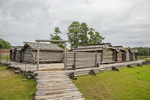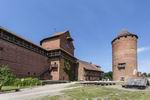The first town in this area was founded in the 11th century by Prince Yaroslav the Wise of Kyiv, during Kyivan Rus. Yuryev, as it was called, was repeatedly burned and captured over the next 200 years until it was conquered by German knights, as were other cities in the region. With the new German name of Dorpat (Derpt), the city existed later as part of Sweden and Russia until 1920 when, during the war of liberation, the Estonian army managed to defeat the Red Army and establish the independence of the country. Since then, the city has been called Tartu and is currently the second most populous in Estonia.
The main attractions are located around a large green area in the center, which is located on the Dome Hill or Toomemägi. Because of its strategic location, this hill has been inhabited since ancient times and the city has developed around it.
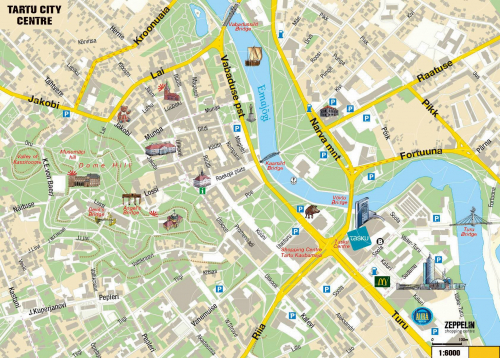
Tartu map ©@
The construction of the oldest building, the cathedral, began in the second half of the 13th century. During the Livonian War (1558-1583) the Russian army destroyed both the city and the cathedral. Since then it has remained in ruins.
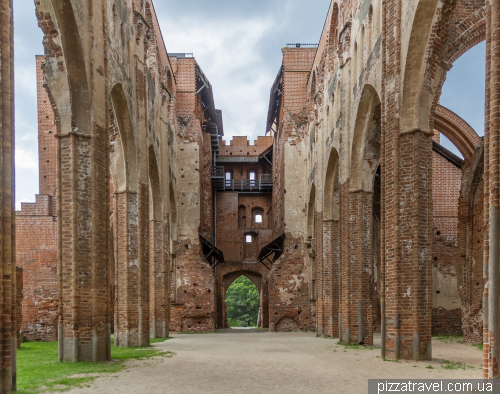
Tartu ©Yuriy Buriak
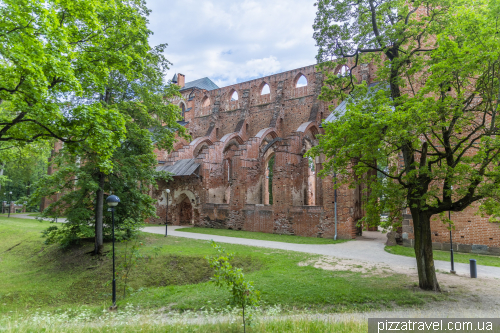
Tartu ©Yuriy Buriak
In addition to the cathedral, there is quite a lot of interesting things on the hill, it's nice to walk around.
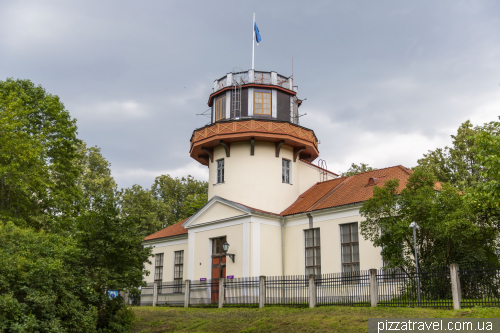
Old observatory in Tartu ©Yuriy Buriak
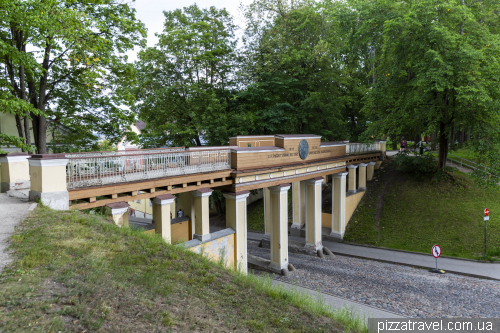
Bridge of the Angels in Tartu ©Yuriy Buriak
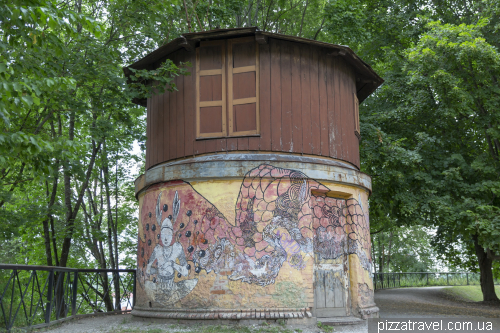
Tartu ©Yuriy Buriak
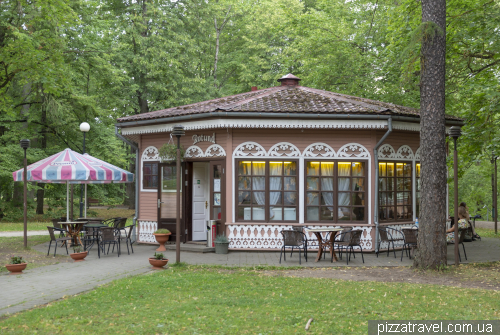
Tartu ©Yuriy Buriak
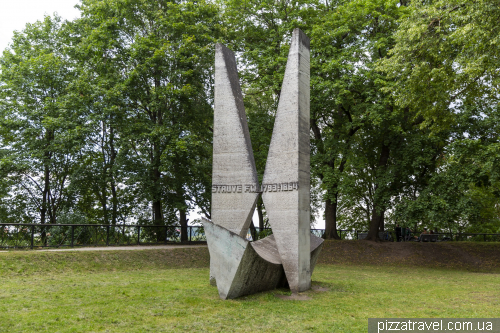
Tartu ©Yuriy Buriak
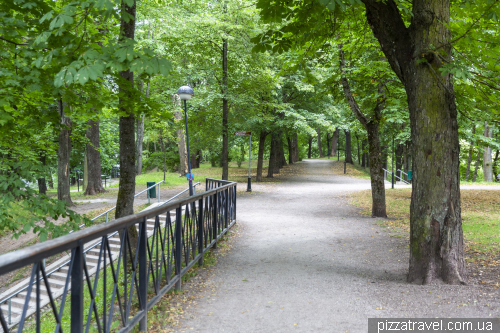
Tartu ©Yuriy Buriak
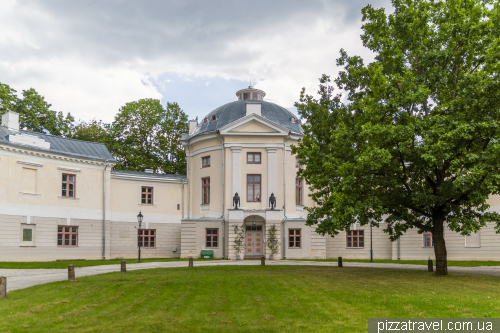
Old anatomical theater in Tartu ©Yuriy Buriak
The old town is nice, very similar to the cities of Western Ukraine or Eastern Europe. The Town hall was built from 1782 to 1786.

Tartu ©Yuriy Buriak
Both the Town Hall and Town Hall Square were built in the style of early classicism.
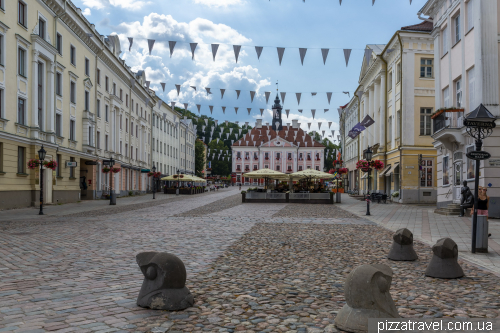
Tartu ©Yuriy Buriak
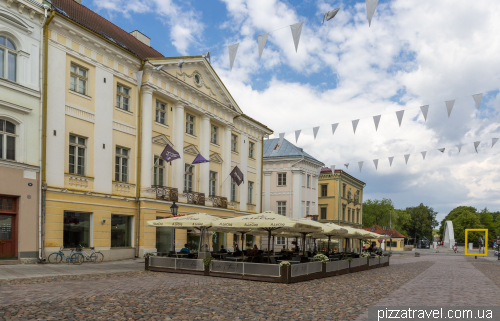
Tartu ©Yuriy Buriak
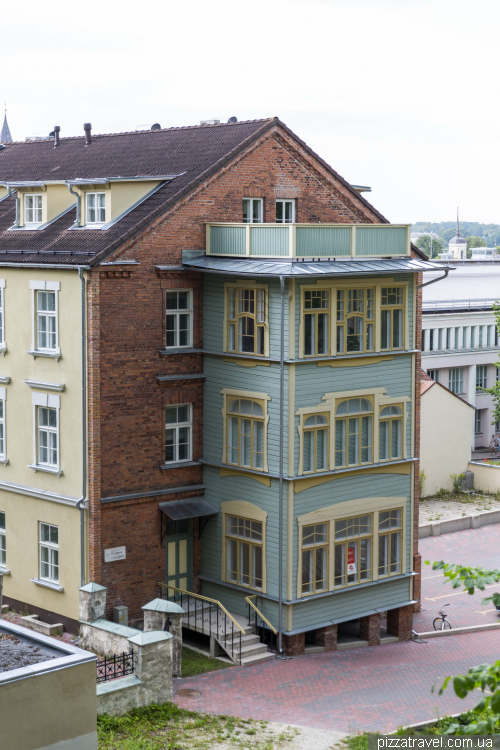
Tartu ©Yuriy Buriak
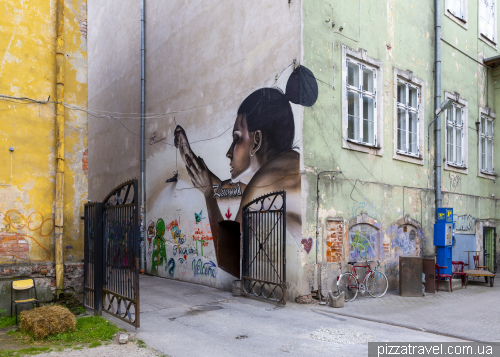
Tartu ©Yuriy Buriak
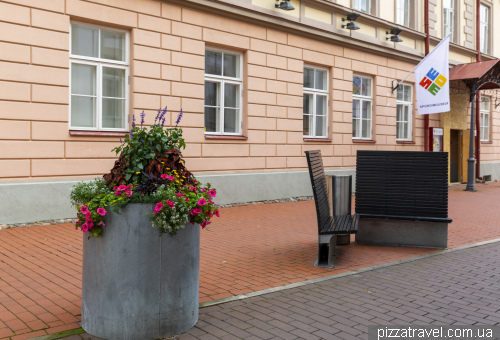
Tartu ©Yuriy Buriak
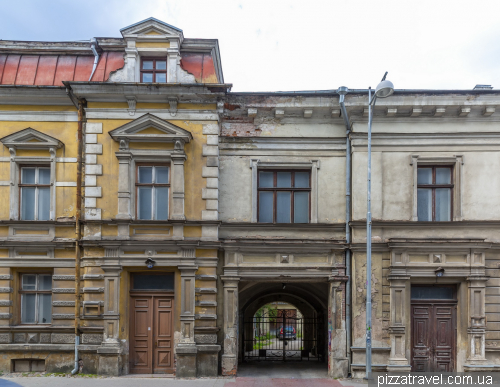
Tartu ©Yuriy Buriak
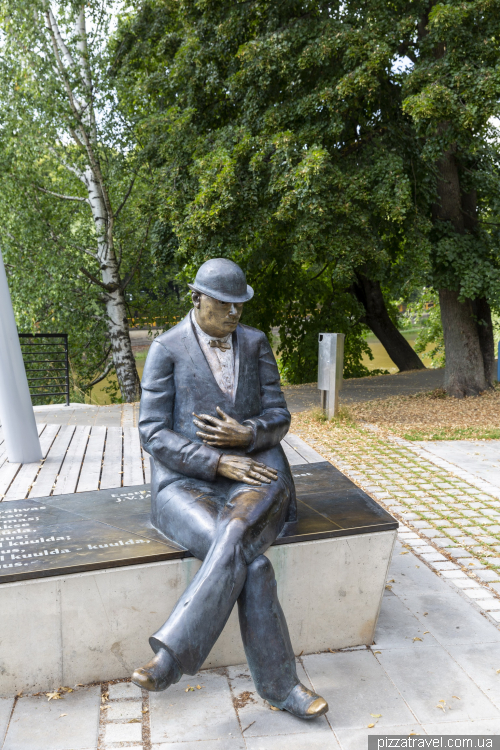
Tartu ©Yuriy Buriak
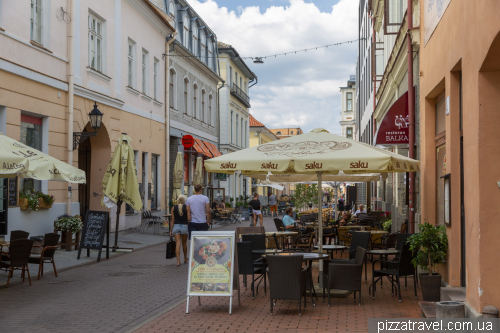
Tartu ©Yuriy Buriak
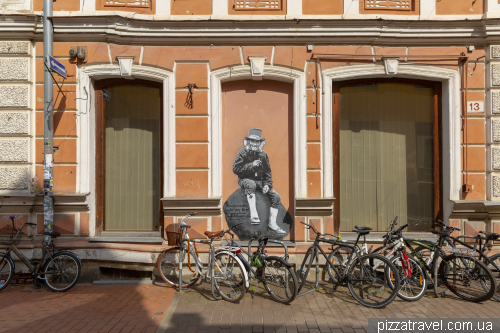
Tartu ©Yuriy Buriak
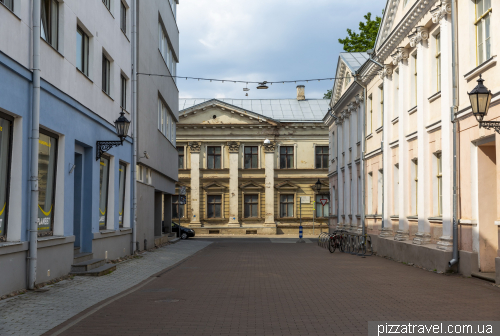
Tartu ©Yuriy Buriak
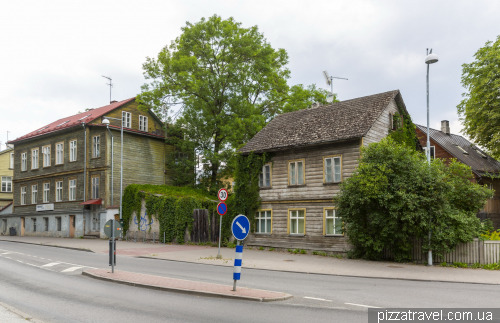
Tartu ©Yuriy Buriak
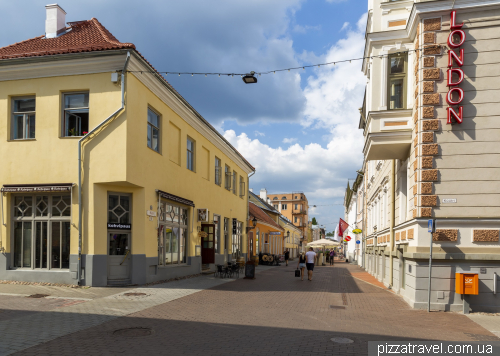
Tartu ©Yuriy Buriak
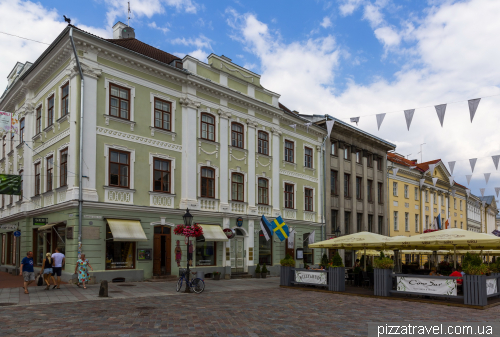
Tartu ©Yuriy Buriak
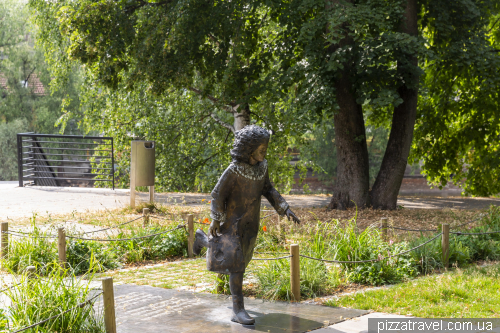
Tartu ©Yuriy Buriak
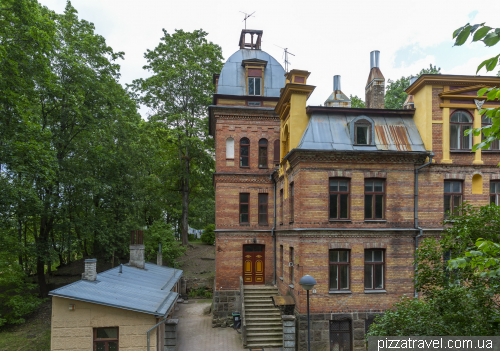
Tartu ©Yuriy Buriak
There is also an embankment in the city.
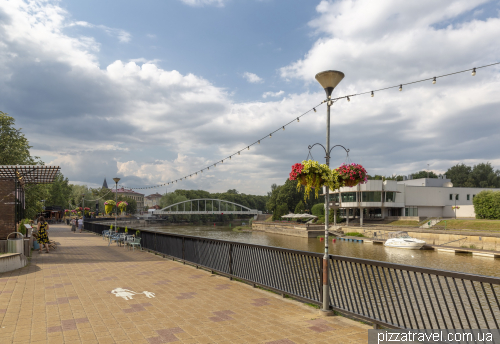
Tartu ©Yuriy Buriak
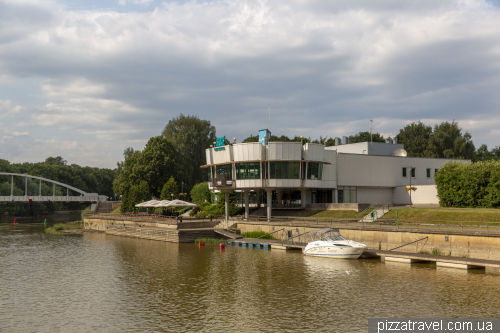
Tartu ©Yuriy Buriak
Getting there: Tartu has an airport and a train station. You can travel by bus from many cities in Estonia (
https://www.tpilet.ee/en/,
https://web.peatus.ee/#route_search/eng). Buses from Tallinn go very often, travel time is about 2.5-3 hours.





























